A one-stop strategy might be the obvious way to go for the Mexico City Grand Prix but there are some key considerations about which way to execute it, so let's take a look at the different strategic options that are on the table ahead of today’s race at the Autodromo Hermanos Rodriguez.
What are the likely strategies for the frontrunners?
It's a pretty clear picture for the teams at the front of the field, as they all successfully managed to qualify on the medium compound tyre – rather than the soft – in order to give themselves flexibility at the start of the race.
Pirelli estimates that the hard tyre will run for at least 50 laps in Mexico City, and that provides a wide window to make a pit stop to fit hards and run to the end of the Grand Prix, with a one-stop strategy the clear and obvious choice for all teams.
The optimal pit window is between lap 22 and lap 27, but the ability for the hard tyre to do so many laps means teams could even pit a little bit earlier in order to find clear air, which is particularly crucial in Mexico where cooling issues are an area of concern for a following car. Similarly the medium tyre should allow them to run to lap 30 if required before making a stop.
On paper, a two-stop strategy appears quick enough to be considered – switching back to the medi-ums late in the race or even the soft tyre – but that would give up track position that increases the chances of overheating issues.
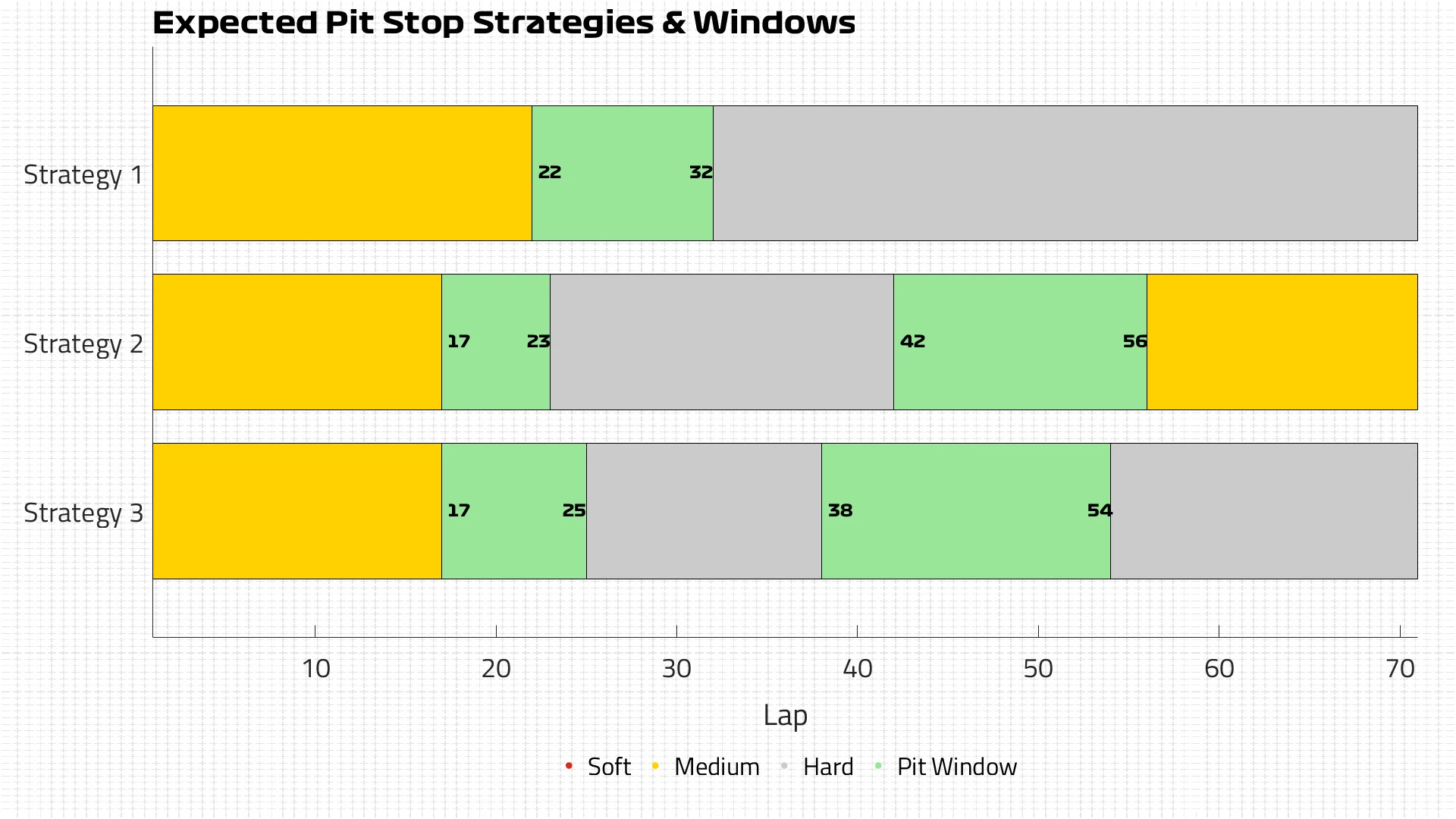
How about the rest of the top 10?
In a very rare occurrence, the whole of the top ten qualified of the medium tyre. At least, the whole of the top ten that will actually start there, as both Yuki Tsunoda and Lando Norris – ninth and tenth respectively – have penalties that will see them start from the back of the grid. Tsunoda qualified on the softs, but Norris was also on mediums.
That promotes Sebastian Vettel to ninth place and Kimi Raikkonen tenth, with both drivers having a completely free choice of tyres. Although there is only one realistic option in terms of the starting compound if they want to do something different, as outlined below.
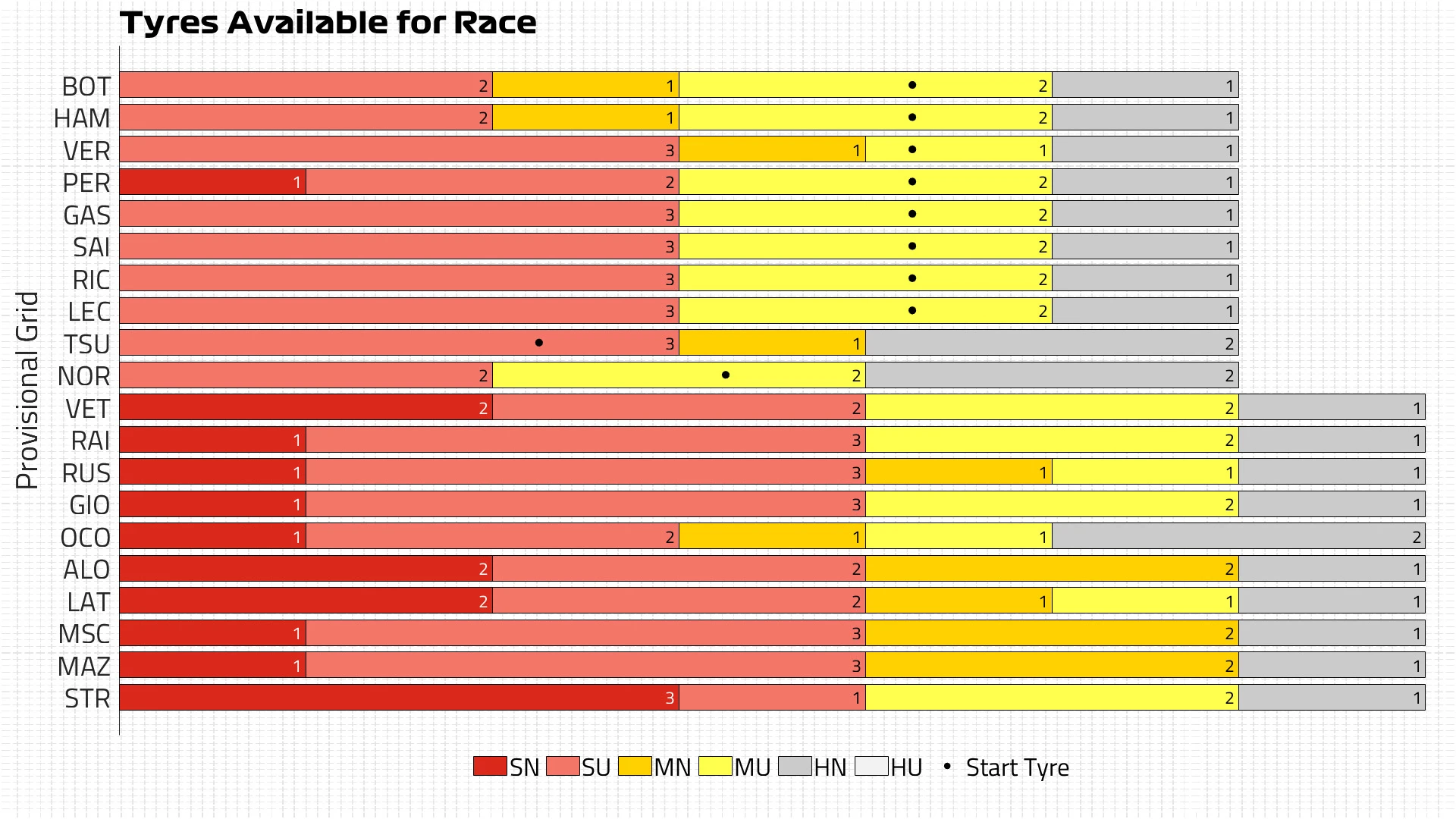
What are the options for the bottom half of the field?
Aside from starting on the medium, the hard is a tyre that actually opens up more strategic opportunities if chosen as the tyre for the first part of the race. A one-stop strategy that is the reverse of the medium-hard option requires a 40-lap opening stint before switching to the mediums, but could see drivers losing out on the long run down to Turn 1 on the opening lap.
Once through the initial tricky phase, then anyone who starts on the hard will actually have their eyes on the one driver who is forced to start on the soft tyre: Tsunoda.
By needing to do the first stint on softs, Tsunoda will provide some valuable information for anyone considering using that compound later in the race. If the AlphaTauri driver can extend his first stint towards the lap-20 mark, then it suggests it is possible for the hard tyre runners to consider a switch to softs for the final stint if they can reach lap 50 before needing to stop.
The key to making a hard-soft strategy work will be not needing to manage the soft tyres too much. The soft is only estimated to be less than 0.4s per lap faster than the medium, so if any significant pace management is required then that would negate the advantage of using the softer compound.
For Tsunoda himself, all three compounds might come into play, with a likely switch to hard tyres and then a later one to mediums if it’s not possible to make it to the end without another stop.
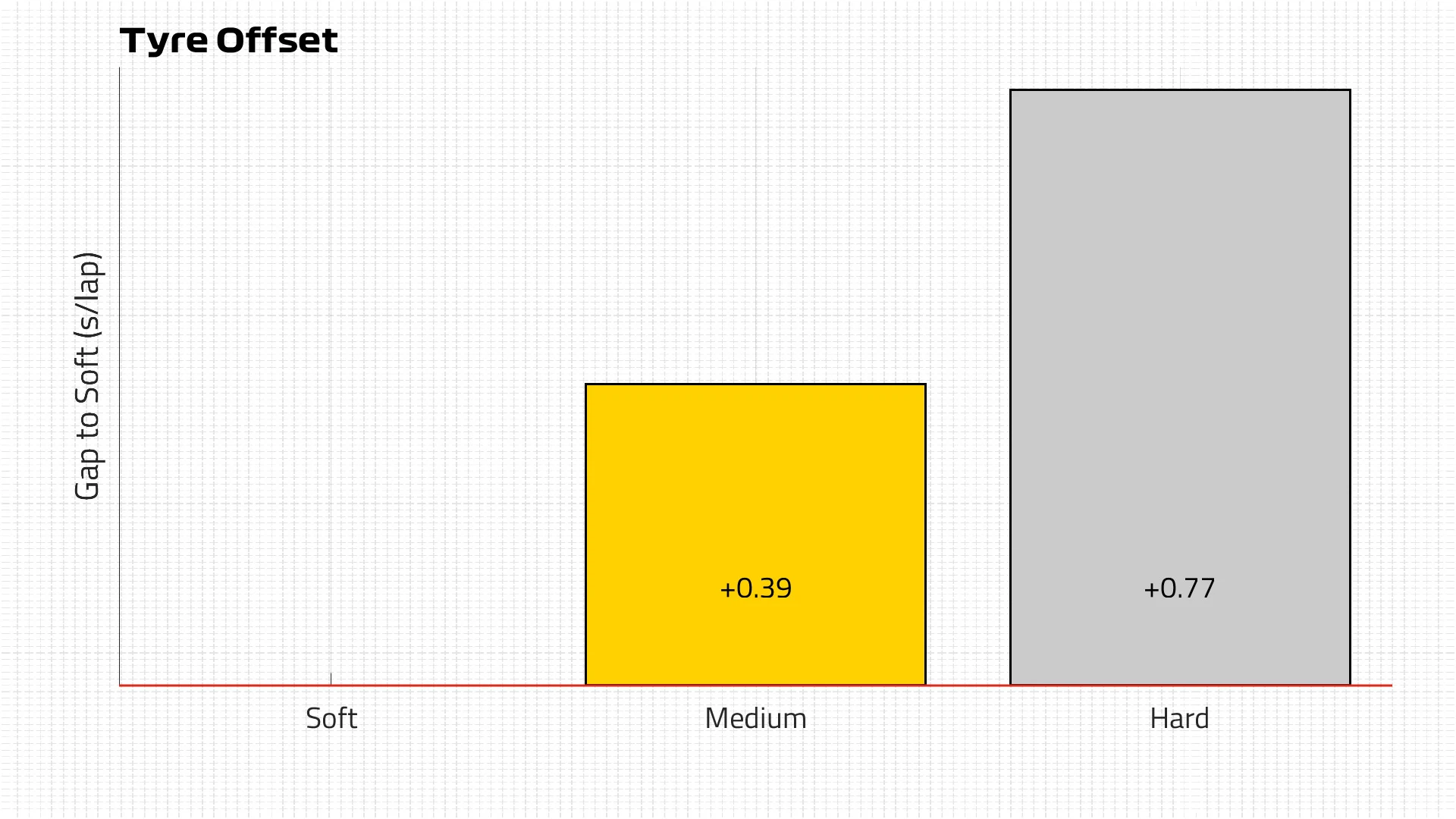
Wait, but what’s the weather doing?
Unlike some recent races, it’s a pretty stable weather forecast for the teams, with temperatures expected around the 22C mark and no threat of rain.
The challenge might come in terms of track temperatures, with some cloud cover likely to mean swings in temperatures when the sun is out and when the track is in shade. That can play a key role in how the tyres perform, as seen during qualifying when Mercedes felt more competitive as the temperatures climbed during the session.
HIGHLIGHTS: All the action from qualifying as Mercedes spring a shock in Mexico
Tyre temperatures are particularly important in Mexico because of the track location and conditions. At altitude, there is less downforce being generated by the bodywork on the cars, meaning there is less grip. Add in a track surface that is low on grip – as shown by the dust that was thrown up during FP1 and is still visible when a car goes off-line – and there has been plenty of sliding around so far this weekend.
When a car slides it causes the tyre temperatures to climb, in turn reducing performance. And traction from the rear tyres is a crucial element of the Autodromo Hermanos Rodriguez, which features a number of low-speed corners that put an emphasis on acceleration in the first and third sectors.
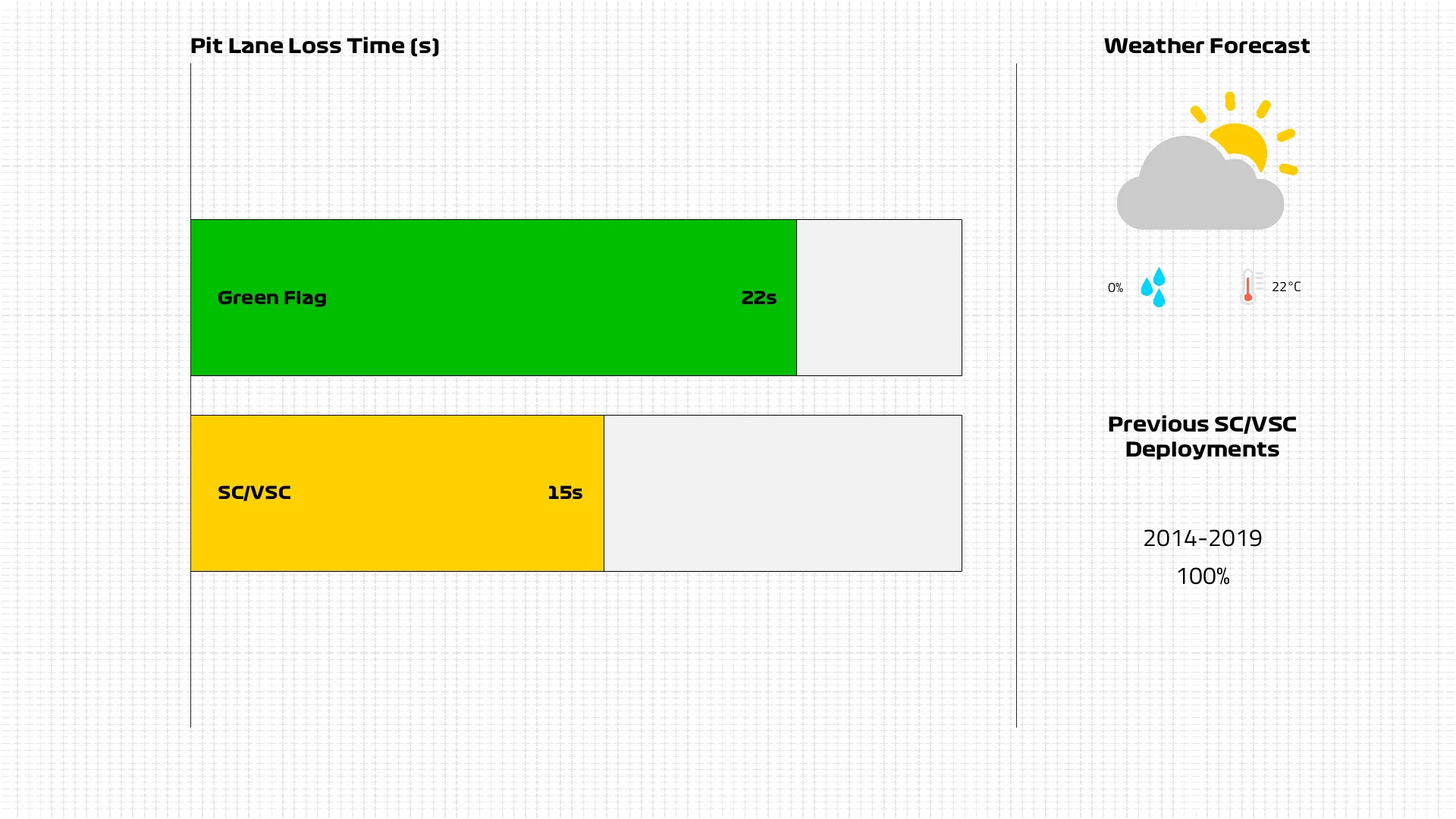
Next Up
Related Articles
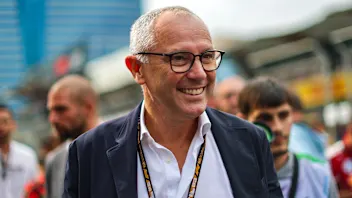 F1 CEO Domenicali reflects on 'phenomenal' 2025
F1 CEO Domenicali reflects on 'phenomenal' 2025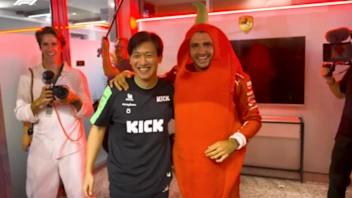 The best moments from F1 Secret Santa over the years
The best moments from F1 Secret Santa over the years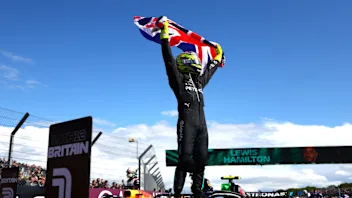 Quiz10 quiz questions on British F1 World Champions
Quiz10 quiz questions on British F1 World Champions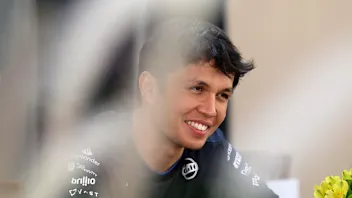 Albon names moment he's most proud of from 2025
Albon names moment he's most proud of from 2025/TEAM%20PREVIEWSHALF%20TERM%20REPORTS%20DISPLAY%20V1%20(13).webp) End Of Year Reports 2025Racing Bulls’ best and worst moments from 2025
End Of Year Reports 2025Racing Bulls’ best and worst moments from 2025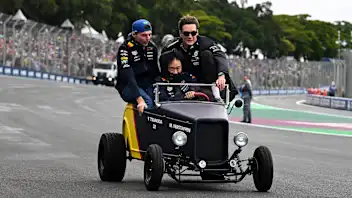 Best radio and more – F1's 2025 alternative awards
Best radio and more – F1's 2025 alternative awards

